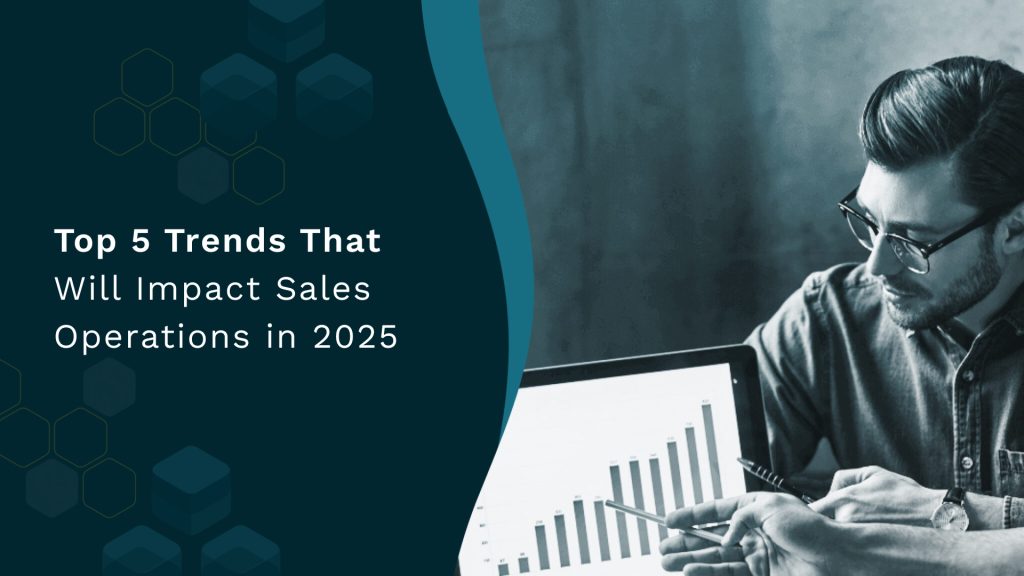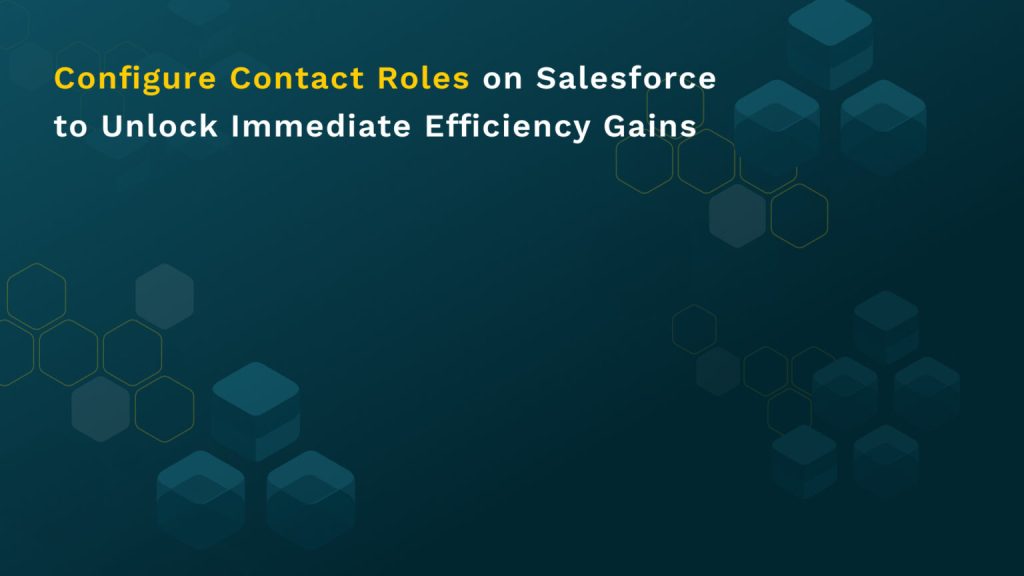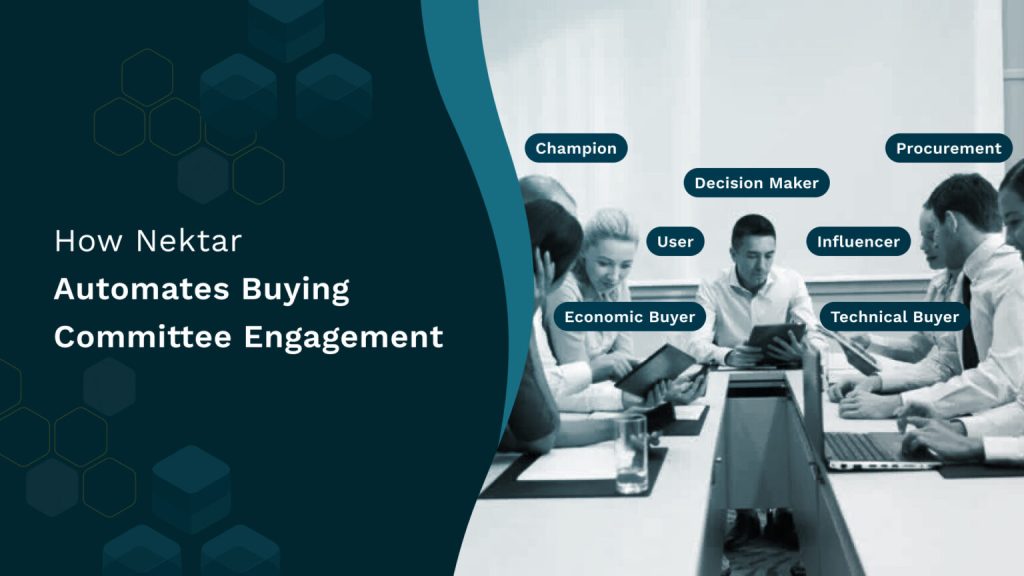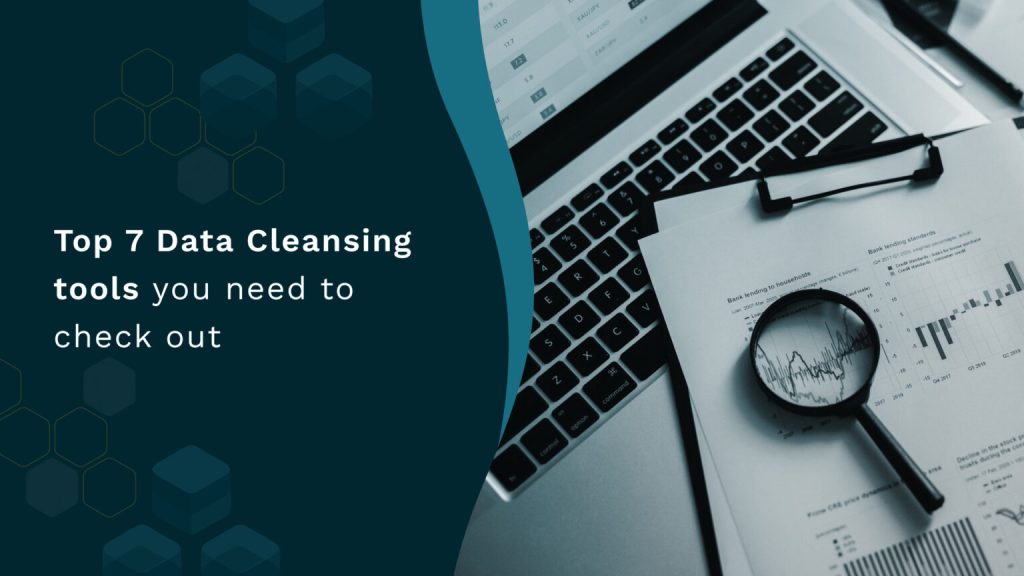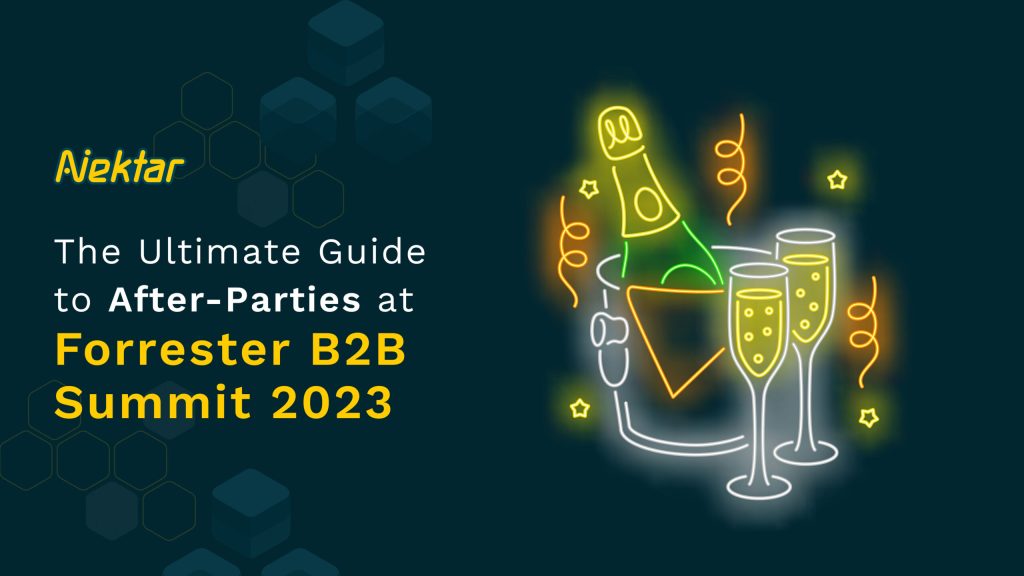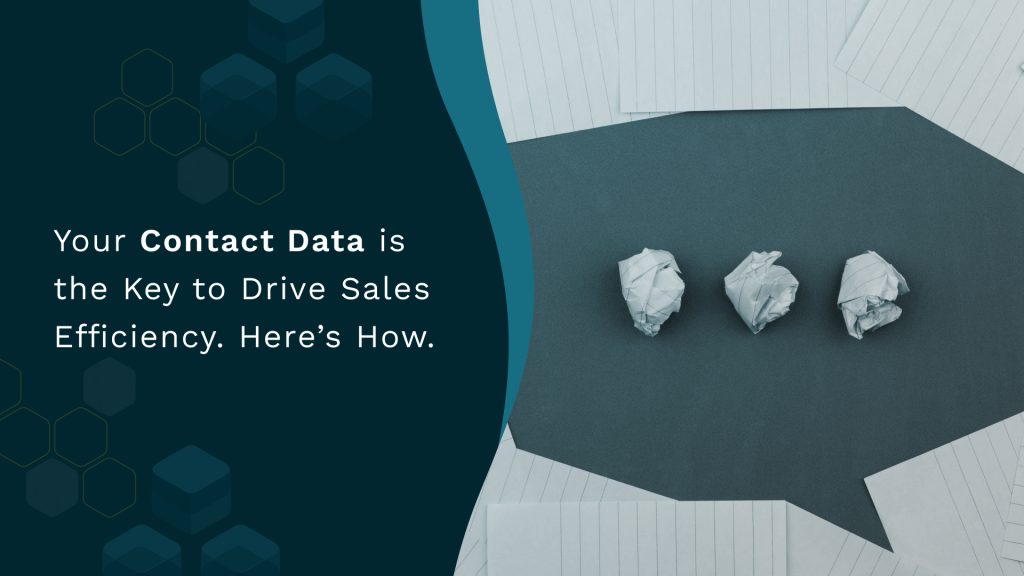6 AI for Customer Success Use Cases
Top 5 Trends That Will Impact Sales Operations in 2025 RevOps 10 min Sales operations has become one of the fastest growing functions over the last few years. According to LinkedIn’s State of Sales Operations 2021 Report, the number of sales operations professionals increased by 38% around the world between 2018 and 2020. What’s the reason behind this growth? Bradley Gray, Director of Business Development at Enterprise Holdings attributes two reasons for the growth in this role. There has been a significant increase in the amount of data that gets generated within organizations. The proliferation of data is creating a need for sales operations to generate contextualised insights for sales teams to succeed. RELATED RESOURCE : SALES OPERATIONS TRENDS FOR 2025 A well run sales operations function enables businesses to operate efficiently with data-driven decisions, and also identify gaps that exist in the sales process, and help fill them up through analytical insights. In short, a great sales operations function can help an organization unlock massive productivity gains. To make the most out of your sales operations function, it is important to be aware of the trends that will shape in 2025 (and beyond). Let’s take a look. 1. Multithreading Will Be a Key Sales Tactic The world is in the midst of a great reshuffle for talent. The turnover among corporate director-level-and above, that constitutes the majority of B2B buyers, increased by 31% in 2021. With key people in the B2B buying committee quitting jobs so often, many deals fall apart because reps fail to develop strong relationships with more than one buyer. And with an average of 6.8 decision makers in every B2B purchase, not having strong relationships with all of the key players within the buying committee can be a big risk. When a key stakeholder leaves the organization, reps are forced to start from scratch, causing 80% of them to lose deals. Having just one primary contact for an account, or single-threading, thus increases the chances of missing out on deals. This is where adopting multithreading as a sales practice becomes extremely crucial. Multithreading is when reps form relationships with multiple stakeholders on the buying committee of an account. This way, even if the primary stakeholder quits the organization, reps can capitalize on the relationships they have with the rest of the stakeholders within that account. Multithreading increases the chances of closing a deal by 16%. Successful sales teams in 2025 will master multithreading by gathering champions, influencers and decision-makers, and engaging with them on a regular basis. 2. An Increase in Regulations Will Impact Tech Stack Decisions There has been an increase in the number of regulations across the globe around protection of consumer information and data privacy. Non-compliance of these regulations can be a huge cost. Organizations lose an average of $4 million in revenue due to a single non-compliance event. To prevent such events from taking place, sales and revenue leaders must narrow down on their tech investments from a compliance-first lens. With the world increasingly moving towards a cookie-less world, highly compliant first-party data will become key in helping sales teams make data-driven decisions. First-party data is the information that is handed off with consent from a user to a company. This can be from sources like email, calendar, Zoom or other tools that buyers use. For example, organizations can use their own first-party data to drive contextual insights that can help them make their sales operations function more efficient, while staying compliant with GDPR regulations. Forward thinking leaders will realize this and take control of their first-party data in 2025, and use it to make powerful data-driven decisions. Technologies like artificial intelligence can help enrich CRM with first-party buyer and seller interaction data. Nektar has built an advanced data capture solution that intelligently connects first-party data to the CRM and enriches it for sales teams. 3. AI Based Guided Selling Will Help Sellers Win More Deals B2B sales is getting increasingly complex, with buyers getting bombarded with information across channels, and sellers tackling multiple tasks and responsibilities while chasing their quota. AI based guided selling is helping sellers navigate this complex selling environment by helping them improve their sales execution through a data-driven approach. Along with increasing productivity, AI based guided selling helps identify patterns that lead to more intelligent business decision making, ultimately helping in revenue generation. The pandemic exposed cracks in many organization’s sales processes. Knowing that sales process discipline must be improved to increase the chances of closing new deals, sales leaders are investigating new data-driven, AI-based guided selling functions for improving sales execution. Tad Travis, VP, Gartner AI-based guided selling offers prescriptive as well as predictive insights to sellers to close more deals. From a prescriptive lens, it recommends the next best actions for sales reps and managers to undertake within the sales process. As an example, organizations can use AI to improve their playbook compliance within teams for consistent selling. From a predictive lens, it offers insights that help identify lead indicators to make the sales process more efficient. For example, by having insights on the activity data of sales reps, sales managers can define which deals are real and which need to be eliminated from the pipeline. With such functionalities, sales teams can decide on what to do next to move a relationship, deal or quote forward on the basis of analytics (rather than relying on instinct to make decisions). 2025 will see organizations add AI based guided selling solutions to their tech stack. 4. Training in Consultative Sales Will Take Priority Today’s B2B buyers prefer to conduct their own research before they speak with sales reps. According to research, most buyers engage with more than 13 pieces of content before connecting with a seller. Forrester’s research found that buyers went to all forums for information in 2021 – from webinars and online events to learn about the category and competitors, to speaking with peers and industry experts to have their questions answered. These changes in buyer preferences have raised the bar for sales. Understanding the buyer’s intent and offering them personalized solutions
